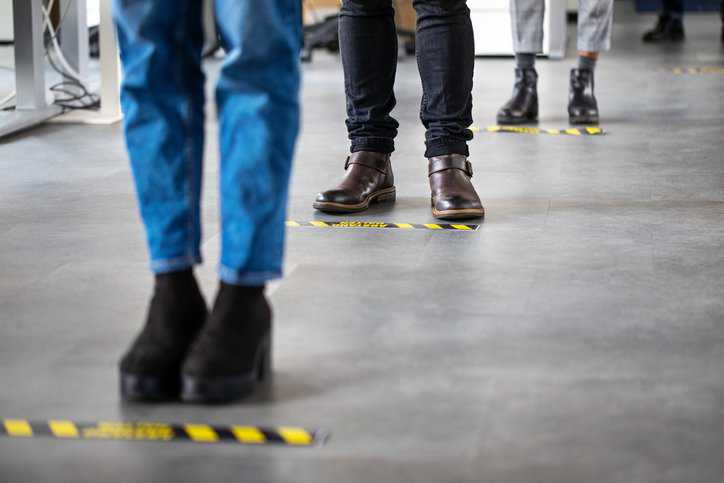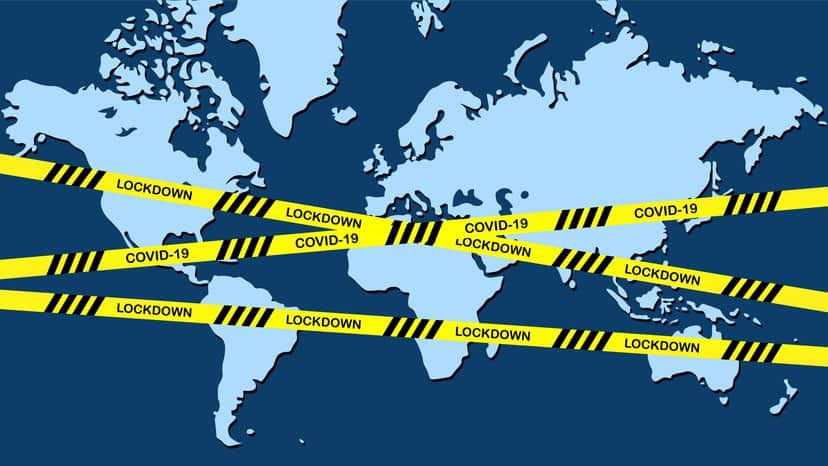ISO 22393:2023—Security And Community Resilience

Emergencies, disasters, or crises disrupt normal conditions, expose system fragilities, and have impacts that can cause widespread suffering. Consequently, there is a dire need for short-term recovery and ambitious renewal of communities. ISO 22393:2023—Security And Resilience – Community Resilience – Guidelines For Planning Recovery And Renewal provides a framework for how to govern, coordinate, and assess the impacts of any kind of major event no matter what type of damage or impact it has on communities.
The ISO 22393:2023 Standard for Community Resilience
ISO 22393:2023 gives guidance on how to develop meaningful recovery activities and renewal initiatives from any type of major emergency, disaster, or crisis—no matter what type of damage or impact such events has on communities. Important impact themes to consider range from communities, economy, infrastructure, environment, health, and governance.
- Recovery: operational, transactional and short-term activity to enhance preparedness following an emergency, disaster, or crisis
- Renewal: strategic, transformational, systemic, and long-term endeavor to enhance resilience following an emergency, disaster, or crisis
The standard provides guidelines on how to identify the short-term, transactional activities needed to reflect and learn, review preparedness of parts of the system impacted by the crisis, and reinstate operations to build preparedness to future emergencies. The guidelines cover how, in both recovery and renewal, there is a need to identify scalable activity on people, places, processes, power, and partners. Moreover, ISO 22393:2023 is applicable to all organizations, particularly those involved in recovery and renewal and that are responsible for human welfare and community development (e.g. public, voluntary, community, and social enterprise sectors).

Recovery vs Renewal
ISO 22393:2023 distinguishes the difference between recovery and renewal actions following an emergency, disaster, or crisis.
What Are the Actions that Aim to Achieve Recovery?
- Learn to understand the impacts of the crisis and identify where transactional change is needed to renovate the system and reinstate preparedness
- Review preparedness to assess where the system can be made more ready for other crises or future waves of the same crisis (e.g., replenish resources)
- Reinstate operations in parts of the system impacted by the crisis as soon as possible (e.g., get services, businesses and schools running again informed by quality management or competent persons)
What Are the Actions Renewal Should Support?
- Reconciliation with people by encouraging healing after the crisis
- Reparations to people by compensating those affected by the crisis
- Repurposing places by reimagining how spaces can be used
- Relocating to new places from understanding new local needs
- Regenerating places to improve the resilience, prospects, and strength of places to tackle inequalities
- Reshaping the external environment to create an operating context that better accommodates external influences on internal activities
- Reorganizing processes by changing how activities are done to respond to environmental requirements
- Repairing the system through enhancing the resilience of people, places, and processes by rethinking services, locations and supporting infrastructure
How Did the World Apply Recovery and Renewal Actions From COVID-19?
The global COVID-19 crisis called for the urgent need for innovative approaches to recovery and renewal exposed by the pandemic. Recovering from the global impacts of COVID-19 required collaborative approaches where the whole-of-society from governments, communities, and nations worked together to build and strengthen their resilience.

Governments’ first priorities in tackling and recovering from the COVID-19 pandemic were to implement rapid economic rescue measures, mostly aimed at providing essential liquidity and protecting the health and livelihoods in the face of abrupt losses of income. For example, the United States legislated larger temporary lifelines in response to the COVID-19 pandemic and implemented full lock-downs. The initial short-term recovery actions focused on ensuring a social safety net for those most vulnerable by implementing policies to aid in preventing transmission of the SARS-CoV-2 virus effective treatment for those affected, maintaining essential services, and rapidly developing a vaccine.
Once recovery actions were effective, renewal initiatives could take place to achieve long-term sustainability and resilience. Renewal actions in the case of COVID-19 (and in general) mean emphasizing elements in policies that improve income, job quality, housing, and health. Specifically, this includes public investment in health care, infrastructure, and climate change. For example, in response to the COVID-19 pandemic, the US government has called for a US $10 billion global health fund (proposed to be established at the World Bank) to prepare for future pandemics and announced a US $250 million contribution to jumpstart the effort. Financing for preparedness is a critical step for not only addressing gaps at a global level but also applying renewal actions.
ISO 22393:2023—Security And Resilience – Community Resilience – Guidelines For Planning Recovery And Renewal is available on the ANSI Webstore. It is also available at a discount as part of the ISO 22392 / ISO 22393 / ISO 22395 / ISO 22396 – Community Resilience Package.






